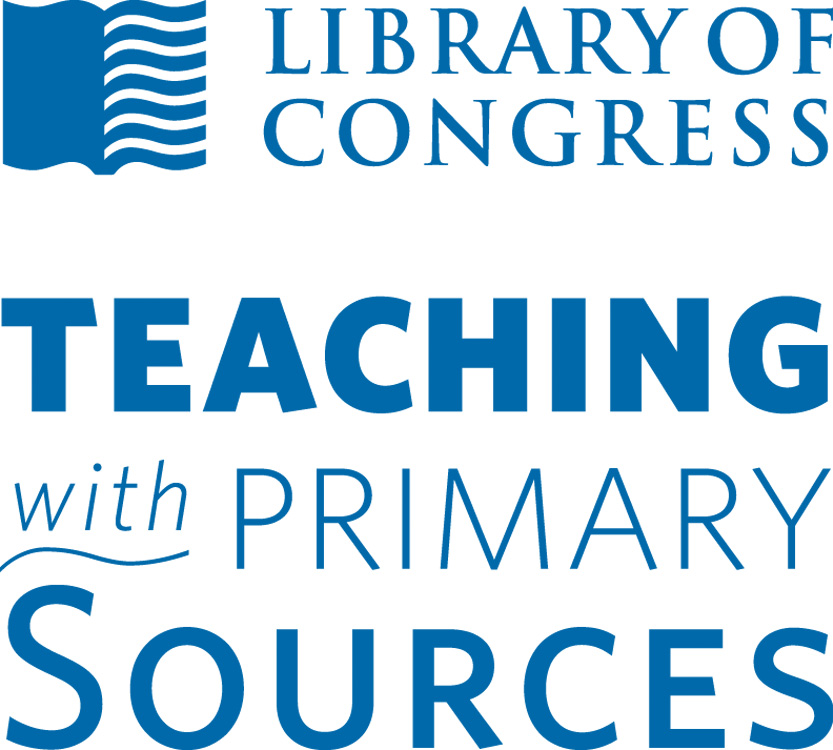Elementary School Lesson Plans
Lesson Plans by SC Educators
(recently added are listed first)
Working Together for Equality: A Cross-Curricular Introduction to the Civil Rights Movement
The social studies teacher will collaborate with the special area team to teach about the effectiveness of nonviolent tactics used by Civil Rights leaders utilizing primary sources, literature, music, art and technology. The social studies teacher will introduce the topic through primary sources and the special area teachers will expand upon the topics discussed with their social studies teacher to demonstrate the effectiveness of working together, to bring the subject to life and to appeal to different learning styles.
Telling a Story: Photos of the Civil Rights Movement
Following the class reading of the 1995 novel The Watsons Go to Birmingham, students will be introduced to the Civil Rights Movement. The Watsons provides a fictional depiction of a Black family’s experience traveling to the Deep South of Alabama during the year 1963. To emphasize the reality of the movement for students, they will utilize a variety of primary source photographs to explore protests and organizing experiences during this period. Students will make observations of the photographs and create connections to The Watsons Go to Birmingham and draw conclusions of what the Civil Rights Movement was like for protestors and organizers of the movement.
Ruby Bridges and Desegregation
Students will use a variety of primary and secondary sources to explore the perspective of young children during desegregation in the United States. They will be introduced to Ruby Bridges and her role in desegregating schools through secondary and primary sources. To draw personal connections to the lesson, students will compare and contrast how experiences in school have changed since Ruby Bridges (from their own experiences in school) and gain an appreciation for this progress in the Civil Rights Movement.
The Civil Rights Movement: Organized Protests and Marches that Changed America’s Future
The protest March on Washington in 1963 advanced the Civil Rights Movement and/or the passing of the Civil Rights Act through organization. At the end of the lesson, the students will understand how the marchers supported or advanced the Civil Rights Movement.
Silent Resistance – The Silent Fight for Civil Rights While Enslaved
This website looks at one of the most common and important acts of resisting the institution of slavery: maintaining cultural identify. By keeping the cultural traditions of their homeland alive, they silently resisted the psychological breakdown during the process of enslavement and continued their fight for their civil rights while creating a new and unique culture.
Learning about the Civil Rights Movement through Primary Sources and the Arts
Desegregation of Schools: Telling the Story Through Primary Sources
Students will use primary sources and the Library of Congress’ Primary Source Analysis Tool to work in groups, analyzing the impact desegregation had on the Civil Rights Movement following Brown v. Board of Education of Topeka, using skills of observation, reflection, and questioning.
A Process for Protests and Progress
Students will examine how the March on Washington impacted the Civil Rights Act.
Civil Rights: Making it Real & Relevant to Students
The students will be able to use primary sources to appreciate the relevance of the Civil Rights movement.
Library of Congress Civil Rights Lesson Plans
Note: If you find errors or broken links, please reach out to Jenna Spiering at spiering@mailbox.sc.edu, Karen Gavigan at kgavigan@mailbox.sc.edu, or Daniella Cook at daniella.cook@sc.edu.
